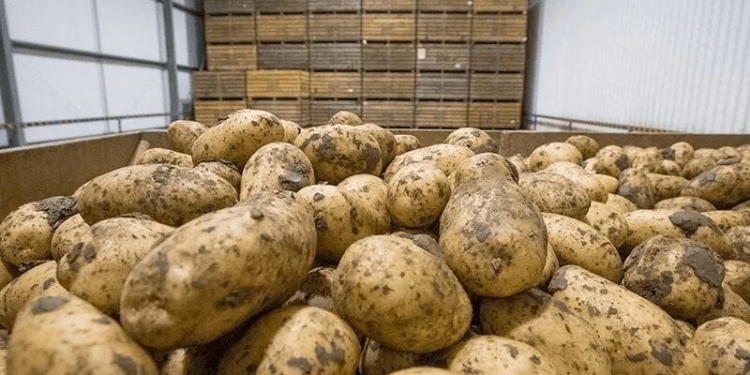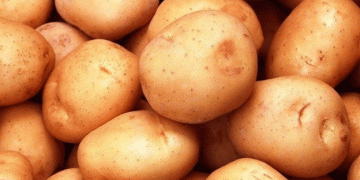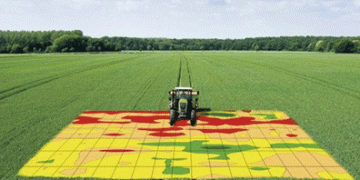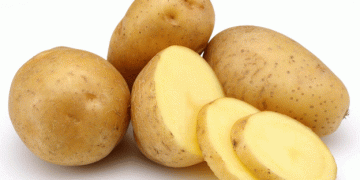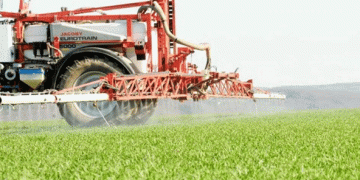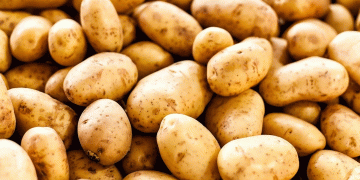The 2020/21 potato storage season is proving to be one of the most challenging yet for the potato industry. With storage season fast approaching, harvest provides the best opportunity to familiarise yourself with your crop and refine your storage plans accordingly.
Has skin set adequately in your crop?
The skin of potato tubers provides a physical barrier against diseases and will minimise damage at harvest. This will ensure the best possible head start to your storage season, by minimising disease development and moisture loss in store. Having a good skin set can therefore save you from a lot of trouble later on in the season. Not sure whether your crop has reached an adequate level of skin set?
Have you checked disease and defects levels?
Getting your crop ready for store loading isn’t just about good skin set. Rots and tuber blight can cause havoc in stores if not managed carefully. Equally, blemish diseases can lead to a reduction in the value of your crop. It is therefore important to assess for all diseases and defects, particularly if some are specifically mentioned in your supplier contract. Armed with this information at store loading, you will be in a better position to manage how you distribute your crop across stores.
Tips for sampling and assessing at harvest
Just ahead of harvest is the first opportunity to have a really good look at the quality of crops that will be going into store. A ‘W’ pattern is a commonly-used way of sampling across the field but do try to ensure you take enough samples to cover any known variability in the field; this will help to get an accurate picture of what the crop is like.
Once samples have been collected, make sure to inspect the crop for external as well as internal defects and disease symptoms. These can be identified with the help of our diseases and defects poster, which also has tips on sampling.
Get ahead and test for MH residue levels
Once crop has been burned off, it’s a good time to assess levels of Maleic Hydrazide (MH) residue, enabling you to adjust your storage plans if necessary. It has been estimated that 12 mg/kg of residue provide sufficient levels of sprout control in store, our figures support this. So a crop that has failed to reach high residue levels (60 mg/kg is the Maximum Residue Level for MH) may need more inputs in storage.
Again, it is best to use a ‘W’ pattern across a field and sampling just one tuber from each of 12 plants for residue management.
Do you know your sprout suppressants?
After 8 of October 2020, it will be illegal to use CIPC as a sprout suppressant. Other than MH, alternatives include ethylene and spearmint oil (BIOX-M), both of which will need more store manager time. These actives require a more careful approach to managing the store environment.
